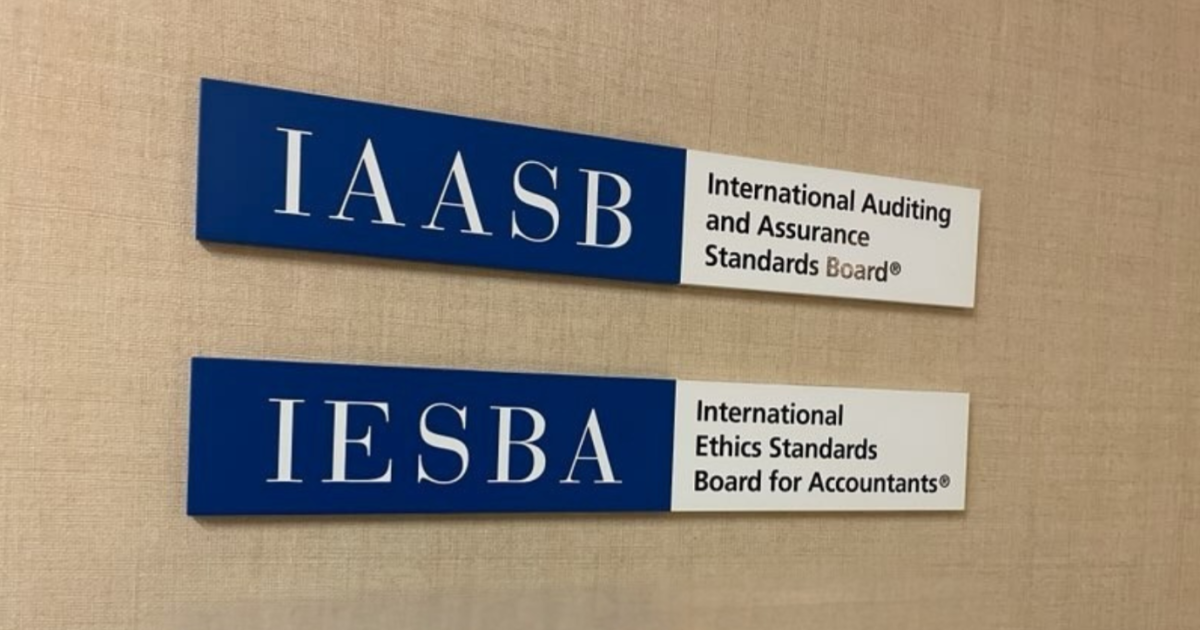President Donald Trump suggested that some savings from his federal cost-cutting effort, overseen by billionaire Elon Musk, could be sent back to U.S. taxpayers, with another portion being used to reduce the national deficit.
“There’s even under consideration a new concept where we give 20% of the DOGE savings to American citizens, and 20% goes to paying down debt, because the numbers are incredible,” Trump said referring to his Department of Government Efficiency effort during an address Wednesday at an investment summit backed by Saudi Arabia’s sovereign wealth fund in Miami.
Trump’s idea has been floated previously by Musk, who was in attendance for the address. Musk responded this week to a post on his social media platform X suggesting that Trump announce a “DOGE Dividend” with a $5,000 tax refund check sent to taxpaying households, saying he would “check with the President.”
The remarks were the latest signal that Trump is working to justify his DOGE effort, which has sent shockwaves through Washington as Musk’s moves to slash the federal government’s spending and workforce invite legal challenges and questions over the effort’s authority and powers.
Critics have argued that the slash-and-burn style of canceled contracts and worker layoffs risk crippling critical government services while doing little to deliver long-term taxpayer savings. And Trump and Musk have repeatedly overstated the amount of realized taxpayer savings — casting doubt on whether ambitious goals to significantly slash spending could be met.
While the White House has claimed some $55 billion in savings so far, itemized documents posted by the group suggest the actual savings are only a fraction of that amount. Sending 20% of the roughly $8.6 billion of DOGE savings the group has so far listed on its website would amount to about $11 per taxpayer.
Still, some 75,000 federal workers took a buyout offer, Trump said, arguing it would provide long-term savings to the government. And Trump and Musk have argued that the biting cuts are necessary given the nation’s debt.
The U.S. recorded an annual deficit of $1.8 trillion in the last fiscal year, and deficits are on track to rise over the next decade, adding further to government red ink. The U.S. would need to eliminate those budget shortfalls before even beginning to make a dent in its $29 trillion debt load.
Trump’s address to the Future Investment Initiative Institute drew members of the business elite, whom he pitched on a vision of a nation revitalized by his economic policies. Attendees at the conference included Robert Smith of Vista Equity Partners, Josh Harris of 26North Partners, WeWork founder Adam Neumann and Middle East envoy and real estate investor Steve Witkoff.
“The United States is back and open for business,” Trump said. “The economic engines have come roaring back to life in just a very short period of time.”
Trump also warned those who operated foreign companies about incoming tariffs, and said that he would “probably” impose levies on lumber in addition to his previously announced plans to hit semiconductors and pharmaceuticals. Trump later told reporters aboard Air Force One that he was thinking about a 25% tariff on lumber and that the import levy could come around April 2.
Earlier in the week, Trump suggested he was considering a 25% tariff on key industries that would be added on top of his previously announced reciprocal tariff regime, which is pegged to existing tariffs and non-tariff barriers that other countries impose on U.S. exports.
“If they don’t make their product in America, then they, very simply, they have to pay a tariff,” the president said.
His return to the White House has seen Wall Street and corporate leaders flock to win his favor with pledges of sizable U.S. investments. Many of those projects have been announced at the White House or at Trump’s Mar-a-Lago estate in Florida, providing those executives a photo opportunity with the president.
Many companies “want to come to the White House and have a little news conference,” Trump said, adding “$10 billion or more, and I’m there.”
Trump also highlighted his administration’s focus on boosting the artificial intelligence and cryptocurrency sectors, saying he was “committed to making America the crypto capital.”
Saudi engagement
The summit host is backed by the Saudi Public Investment Fund, which Crown Prince Mohammed bin Salman chairs, providing an opportunity to curry favor with those controlling the $925 billion in PIF assets. Trump has long sought to court the kingdom and its de facto ruler both in his capacity as president and to advance his business interests.
Trump’s speech comes days after the U.S. and Russia held talks in Riyadh over ending the war in Ukraine. At the same time, Trump has complicated efforts to forge closer ties with the Saudis by saying Palestinians should be permanently displaced from Gaza in a U.S.-backed rebuilding effort — a proposal that Arab nations condemned as ethnic cleansing.
Trump’s business ties with the kingdom have presented potential conflicts of interests, as he looks to forge closer ties. His properties have hosted several LIV Golf tournaments, a league funded by the PIF, including an upcoming competition at his Doral resort in April.
Trump has publicly urged the kingdom to invest as much as $1 trillion in the U.S., while Mohammed has pledged $600 billion over the next four years. Trump’s son-in-law Jared Kushner secured a $2 billion investment from the PIF shortly after the president’s first term ended.
Others attending the summit included Citadel CEO Ken Griffin, former Google CEO Eric Schmidt, Uber Technologies Inc. co-founder Travis Kalanick and New York Mets owner Steve Cohen.
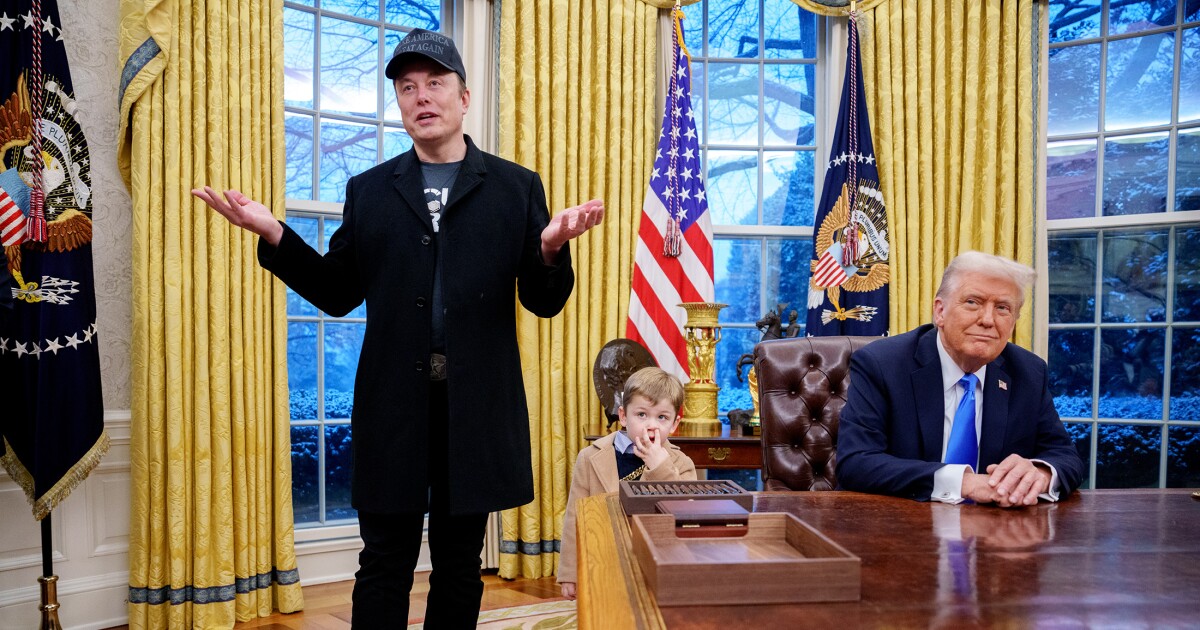
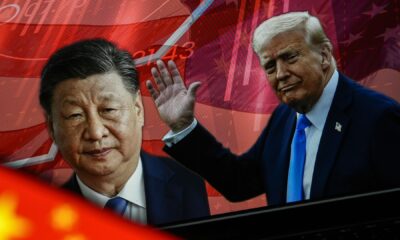
 Economics1 week ago
Economics1 week ago
 Personal Finance1 week ago
Personal Finance1 week ago
 Blog Post7 days ago
Blog Post7 days ago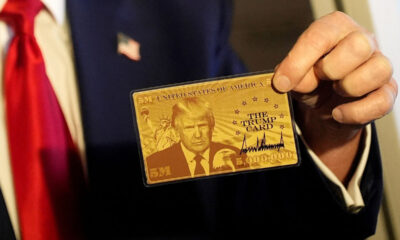
 Economics6 days ago
Economics6 days ago
 Economics1 week ago
Economics1 week ago
 Economics1 week ago
Economics1 week ago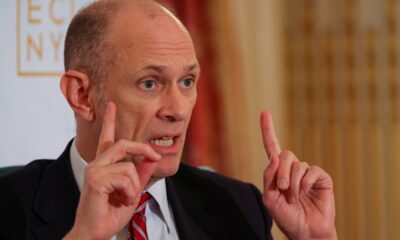
 Economics6 days ago
Economics6 days ago
 Economics1 week ago
Economics1 week ago

